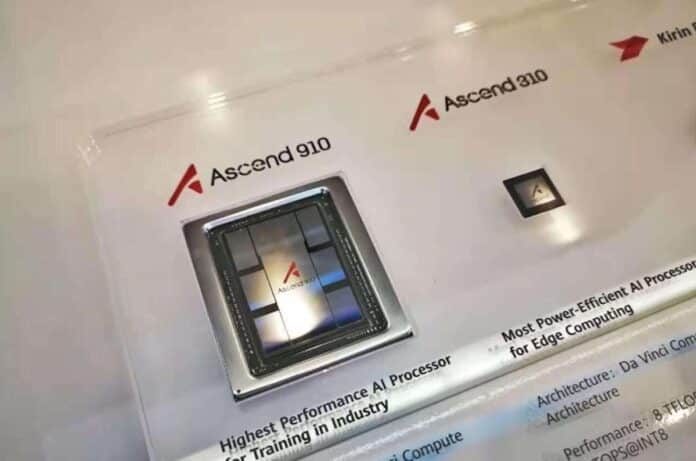In a strategic move to strengthen its presence in the accelerator market, Huawei has unveiled an ambitious AI chips roadmap during the Huawei Connect 2025 event, with a projected focus through 2028. This plan introduces several families of Ascend chips, with notable improvements in computing and the prominent inclusion of custom-designed HBM memory, a clear attempt to achieve technological self-sufficiency in key components.
The Ascend 950PR, successor to the Ascend 910C, is the first step in this transition, integrating Huawei's HBM memory "HiBL 1.0" with 128 GB capacity and 1.6 TB/s of bandwidth. With a focus on inference, the 950PR promises to optimize processes such as the provision of context in language models and recommendation systems, essential aspects in the mass adoption of AI.
A crucial aspect of this development is the creation of its own HBM, with a second generation 'HiZQ 2.0' already on the horizon, seeking to reduce dependencies on external suppliers and increase efficiency in areas such as latency and energy consumption.
The roadmap also includes the Ascend 950DT by the end of 2026, focused on training and that will make use of the HiZQ 2.0 memory. The next in line, the Ascend 960, by the end of 2027, is projected to double compute capacity and memory bandwidth, establishing a bridge to the Ascend 970, slated for 2028, with improvements yet to be detailed.
Huawei positions itself as a competitive alternative to giants like NVIDIA, by offering homegrown solutions with a particular focus on the Chinese market. The strategy focuses on mastering critical components such as HBM to ensure national computing capacity and reduce costs in the deployment of AI technologies.
The challenge is not minor. The company must overcome barriers to advanced packaging, thermal performance, and success in large-scale production, as well as strengthen its software ecosystem to ensure mass adoption. However, its focus on FP8 and FP4 precisions aims to optimize performance per watt and memory utilization, aligning with current industry trends.
Huawei's roadmap is clear: to move from inference to training, to iteratively improve its products, and to lay the groundwork for a national technological infrastructure that expands its competitiveness in the era of artificial intelligence.
More information and references in Cloud News.



